7 ways to keep bugs out of your house
Here’s how you can keep your home pest-free
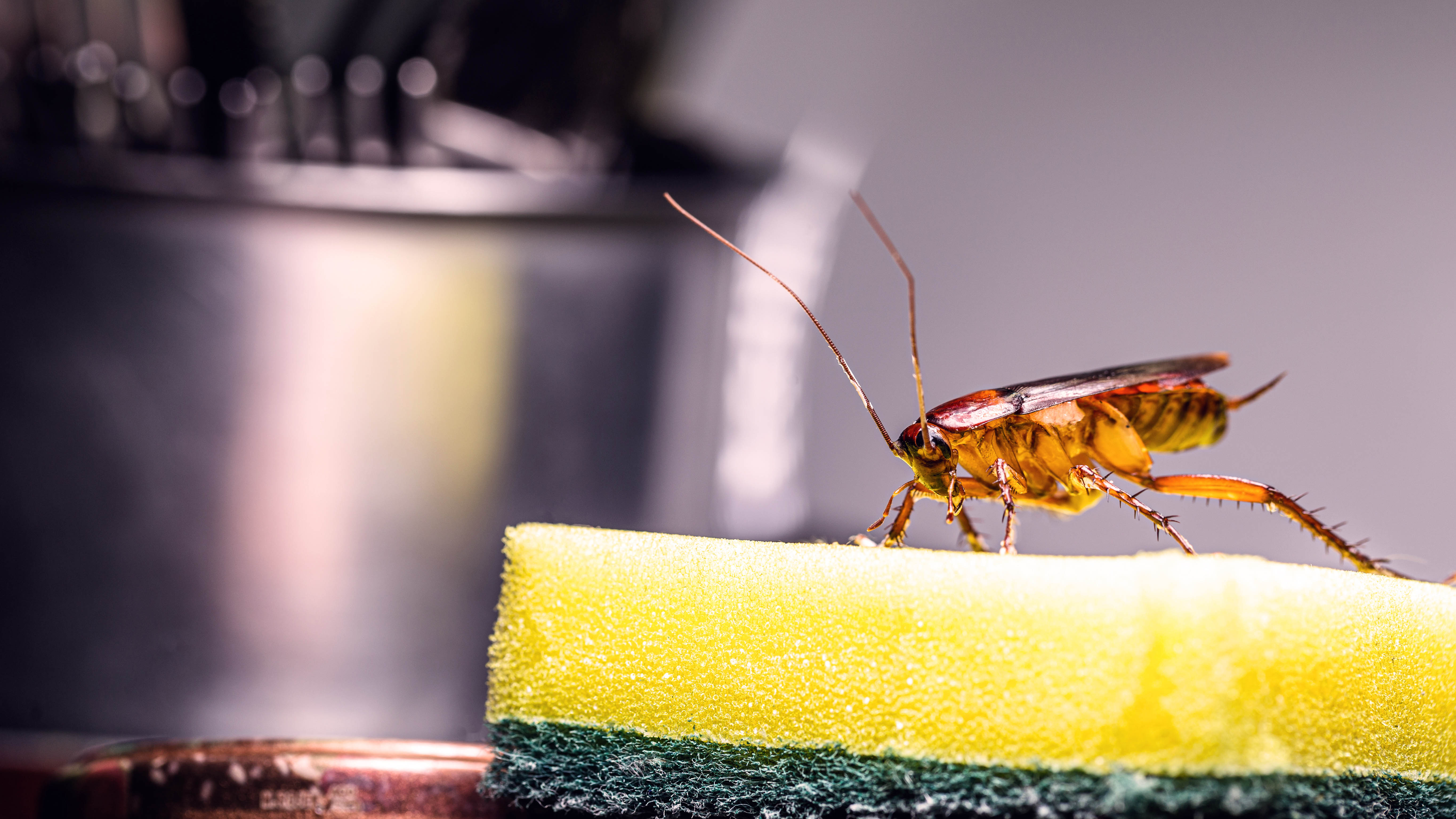
In the full heat of summer, pests tend to rear their ugly heads and make every attempt to infiltrate our homes. Can you blame them when you consider what’s on offer here? There’s food, water and shelter, all in one. But, no matter what kind of pest you’ve spotted, you’ll want to deal with the problem as soon as possible. Pests are unhygienic to have in the home to say the least, and can easily carry disease with them.
Depending on the type of pest you’re dealing with, you will need to take specific steps, such as learning how to get rid of roaches or how to get rid of ants. But, this only gets rid of the immediate problem — you’re going to want to protect your home to prevent future infestations too. That’s why we’ve roped together 7 ways to keep bugs out of your house, so you know the best methods to repel such pests in the first place.
1. Tidy your home and your yard
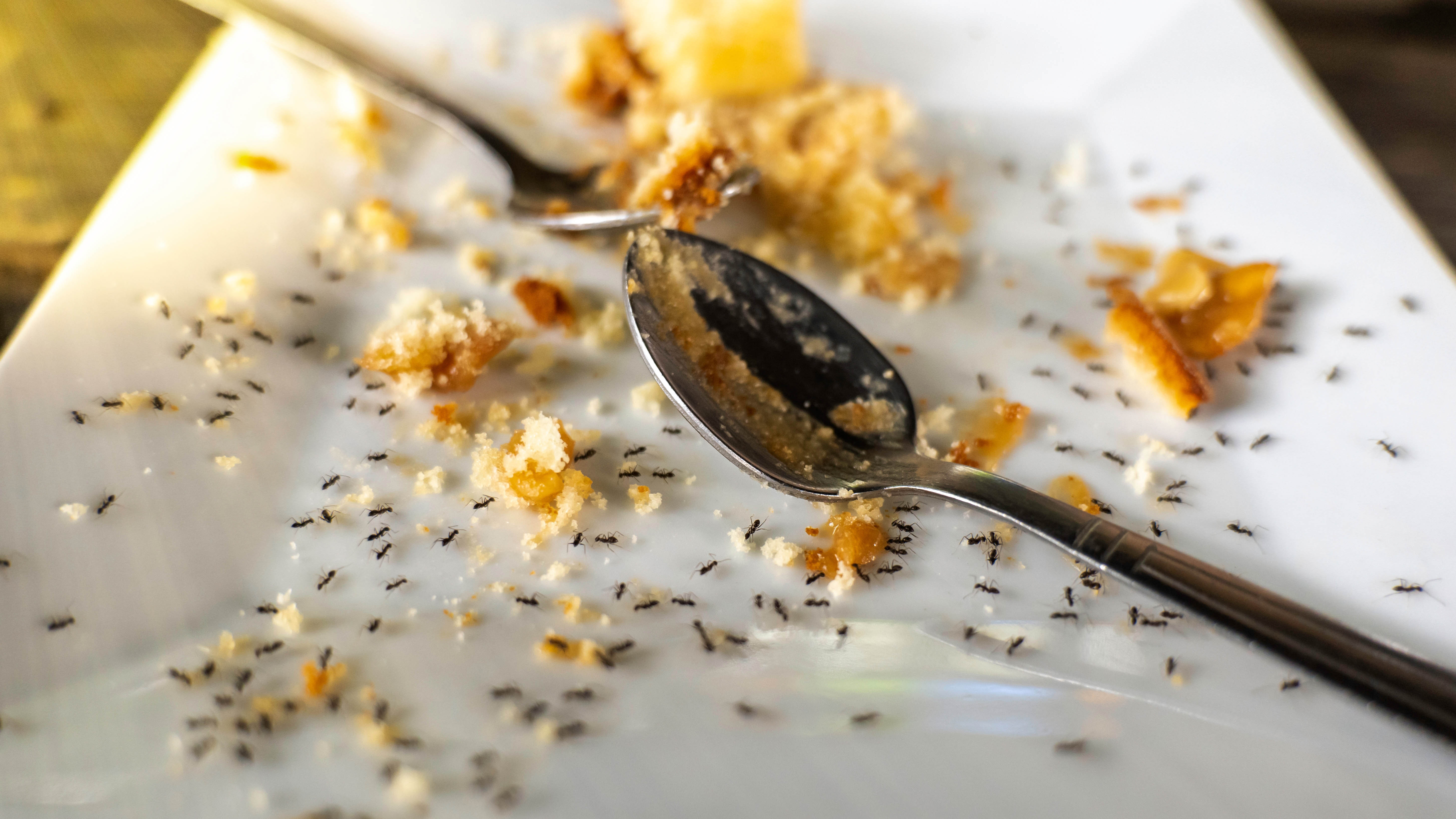
First of all, it’s imperative that you keep a clean and tidy space. That means you need to learn how to clean every room, and how to keep your home clutter-free as well. If you don’t take the time to clean, you’re providing added food and shelter for potential pests — even a rogue cardboard box in the attic can act as a breeding space for cockroaches. For instance, if you don’t take the time to run one of the best vacuums around the home, the dust and residual crumbs on the floor are all too inviting to pests. Let’s not forget about dirty dishes in the sink either; these present a buffet to any passing insects or rodents.
Keeping things clean doesn’t stop there either. If your yard is less than tidy, pests will flock from far and wide here too. And the last thing you want is potential pests camping out so close to your home. So give your yard some TLC to reduce the chances of unwelcome visitors. Clear away any debris which could provide shelter, cut your grass to the best length — but without cutting it too short — and make sure your trash is sealed away and not overflowing.
2. Keep things dry
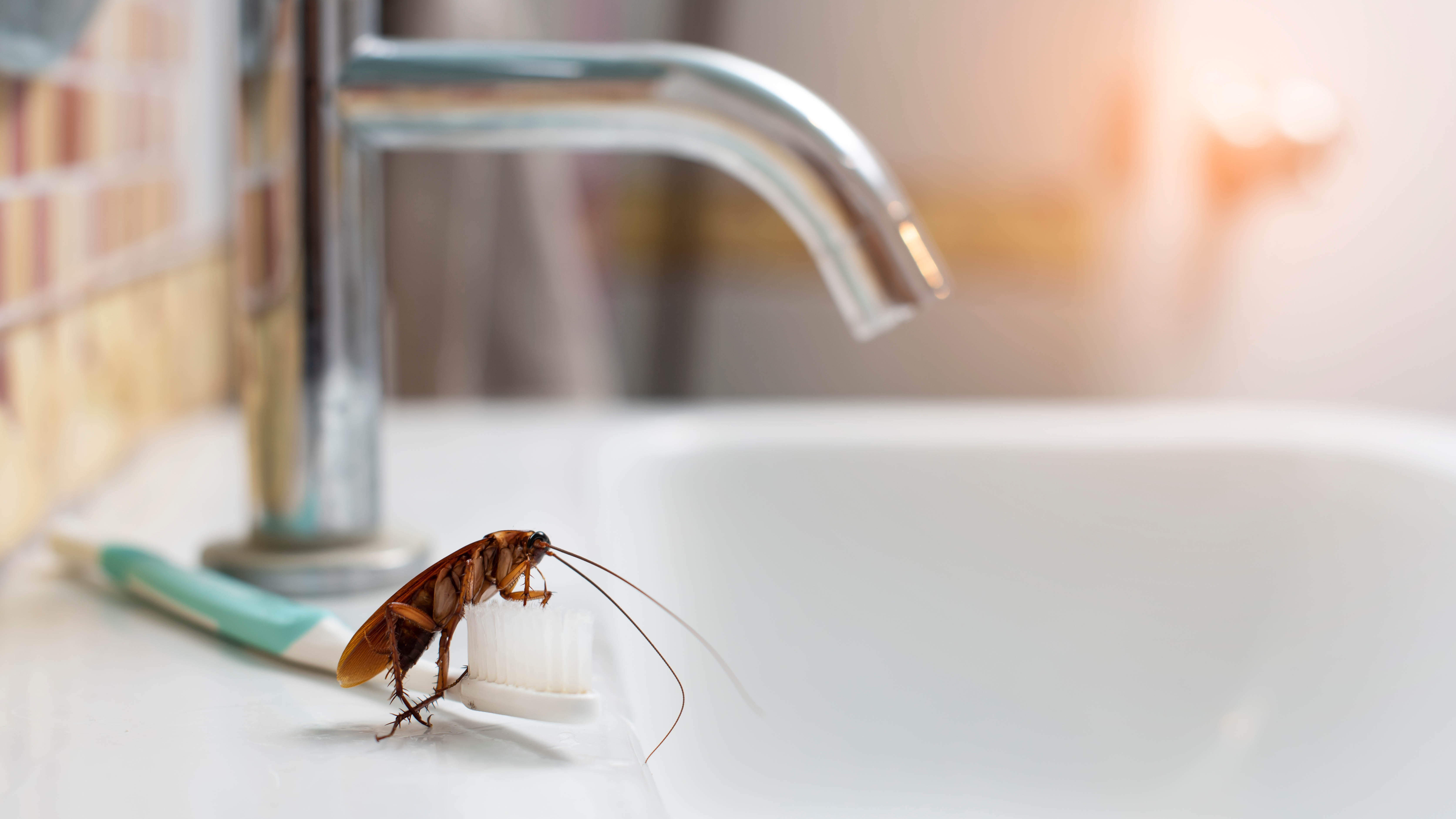
As mentioned earlier, pests are looking for water as well as food. So, if your home offers a particularly humid environment, you might be inviting them in without knowing it. Roaches, silverfish and even ants are attracted to excess moisture, so a leaky pipe in your walls, or even a spilled pet bowl can make an impact.
Reduce humidity in your home where possible. You can vent the space by opening up the windows after you’ve showered, or use one of the best dehumidifiers to drop the moisture levels. It’s also worth getting one of the best water leak detectors to check on the conditions of your pipes. Keep your home as dry as possible to make it less inviting to moisture-loving pests.
Look out for stagnant water in your yard as well. This is particularly attractive to mosquitoes looking to lay eggs, so remove such sources. An overly wet yard encourages pests as well as disease, so make sure it’s not overwatered.
Sign up to get the BEST of Tom's Guide direct to your inbox.
Get instant access to breaking news, the hottest reviews, great deals and helpful tips.
3. Seal food away

Don’t think pests can’t smell the food in your cupboards too. According to research at Vanderbilt University; ‘ants have four to five times more odor receptors than most other insects.’ So it should come to no surprise that they can find their way into your pantry. All traces of food should be sealed away fully once opened, be it rice, candy or even pet food.
Such food should be stored in an airtight container, such as these Rubbermaid 16-Piece Food Storage Containers ($45.39, Amazon). It’s not advisable to leave pet food sitting out in the open for the same reason — especially when it's just on display in the bowl. Make sure residual food is emptied; feed smaller amounts more regularly if that’s what’s required. Alternatively, I use a pet bowl with an automatic closing lid to keep the smell better contained — it’s called the SureFeed Microchip Pet Feeder ($299.90, Amazon).
4. Fit screens

At this time of year, we tend to throw our windows open to let in a fresh breeze. The trouble is, pests can easily find their way in here as well. That’s why it’s best to fit fly screens behind every window — the mesh should be fine to keep the majority of pests from entering, and it should fit flush against the frame, so there’s no residual gaps. If you spot any signs of damage, be sure to replace it immediately.
Don’t forget about your doors as well. Fly screens can help seal any gaps around this entry point, while a door sweep, such as Suptikes 2 Pack Door Draft Stopper ($15.98, Amazon) can close the gap beneath a door.
5. Look out for any gaps
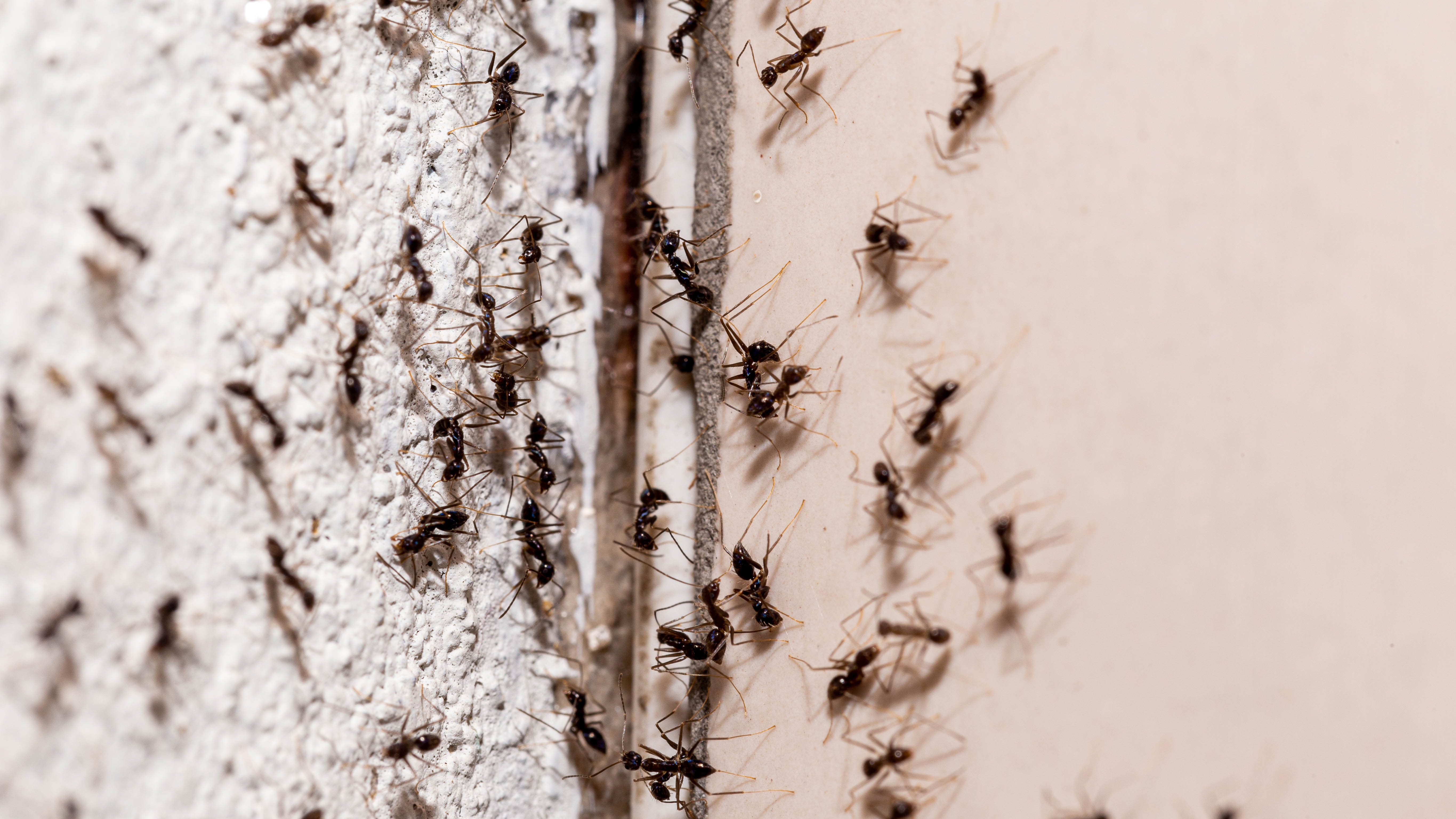
Your windows and doors are obvious points of entry, but there are likely others which are less tell-tale. Something as small as a crack in your wall can provide an entrance for curious pests. So inspect your home thoroughly for any slight gaps. Look everywhere as you do, from the baseboards to the ceiling. Should you spot any, seal or caulk them to better protect your home.
This can be quite an undertaking and a small gap can easily be missed, so take your time with this step. If you can’t find the source of where a repeated pest continually enters, it might be worth calling in a professional to help find and seal it.
6. Use the right plants

Believe it or not, certain plants can help repel various pests. Some of the most common plants to have an effect include lavender, lemongrass, rosemary and even garlic. Generally it tends to be mostly herbs which have a strong aroma — pests find the scent overwhelming and will usually steer clear. By strategically placing such plants around the entrance points of your home, you can make things less inviting.
You can also take advantage of such plants in your yard as well of course. We’ve found 7 plants that repel roaches, as well as 9 plants that repel mosquitoes and even 7 plants that repel moles. If rodents are a problem, check out 7 plants that keep mice and rats from invading your home. Should you have pets at home, just make sure the plants you choose are non-toxic to keep them safe.
7. Use essential oils
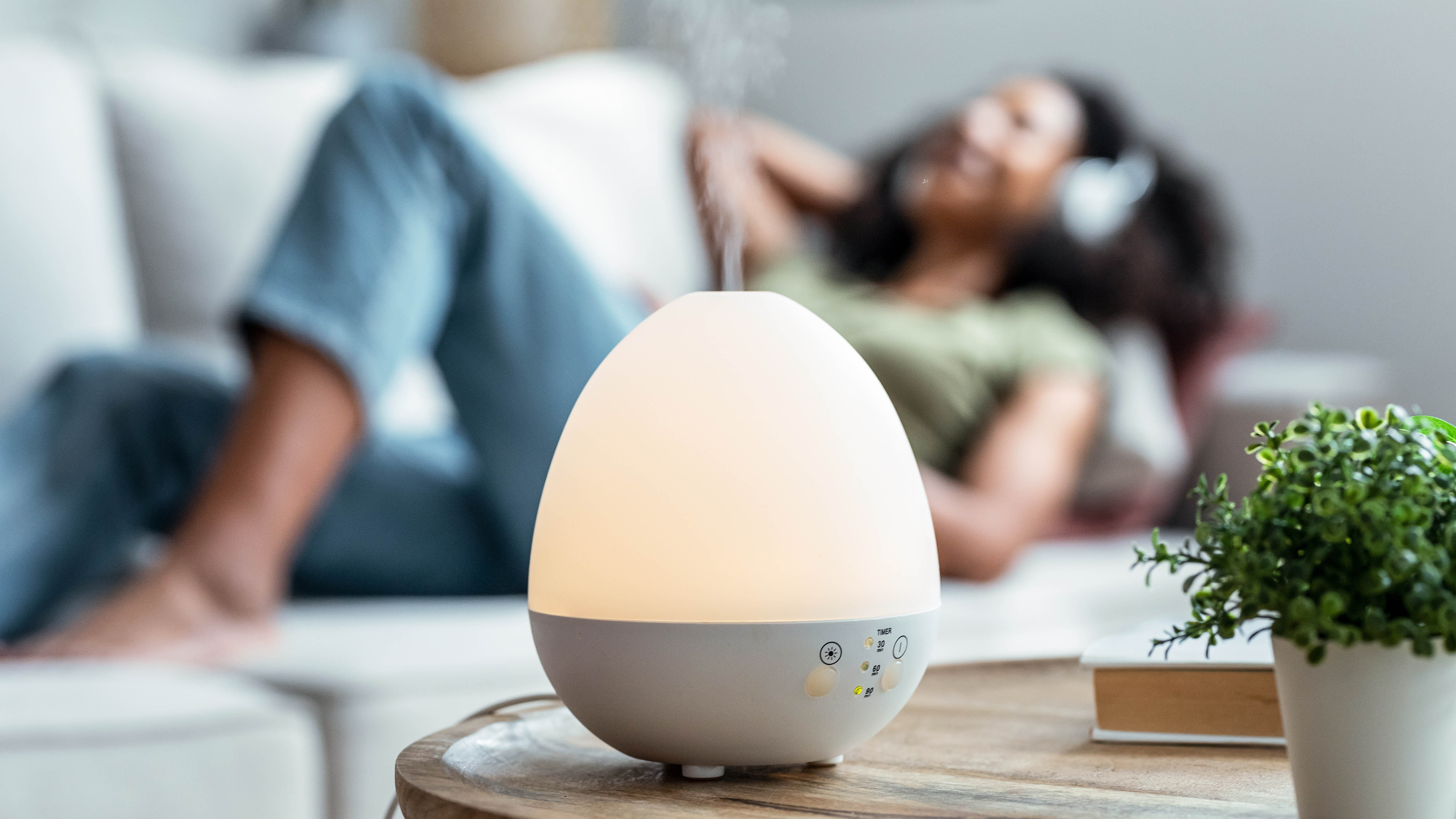
If you don’t have a green thumb, you can still take advantage of this last point. Essential oils are widely available from such plants — the concentrated scent of which pests can’t stand. For instance, you can buy Majestic Pure Lavender Essential Oil ($18.59, Amazon). You can use an oil diffuser to apply the scent to your home, following the dilution directions. Alternatively, you can combine a few drops of such oils with water to be sprayed freely around your home to make it less appealing to pests. Just make sure you follow the instructions for dilution again.
Failing that, products which contain the desired scent may be widely available to purchase online. Candles, bathroom creams and even plush toys can come readily scented, such as this Intelex Warmies Microwavable French Lavender Scented Plush ($22.49, Amazon). If you don’t mind a scent that your relevant pest hates, take advantage.
More from Tom's Guide

Katie Mortram used to be a Homes Editor for Tom's Guide, where she oversaw everything from kitchen appliances to gardening tools, as well as smart home tech. Specializing in providing expert advice for cleaning and home manintenance, she now works as Household Advice Editor for Good Housekeeping.
